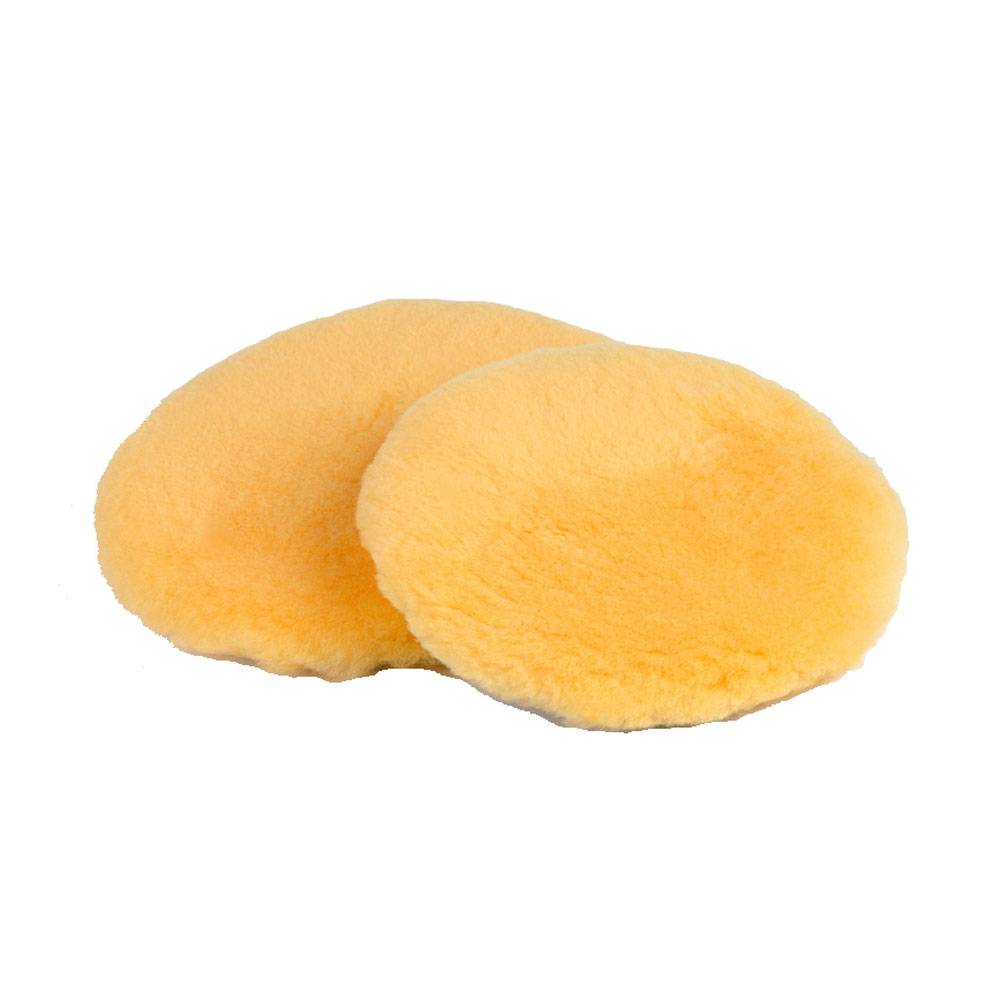Made from 100% natural lamb’s wool designed to remove defects made by sandpaper, etc. Recommended for use on abrasive paper with a gradation of P1200-1500.
Product characteristics: high efficiency & elasticity
| Size | Color | Recommended backing plate | Code |
|---|---|---|---|
| ∅ 150 mm | yellow | “Soft” backing plate – ∅120 / “Universal” backing plate – ∅120 | 300005556 |
| ∅ 180 mm | yellow | “Universal” backing plate – ∅150 | 300005555 |

| RECOMMENDED POLISH PASTE | recommended | optional |
|
|

The heads from the Long Life series are made of 100% premium natural sheep wool.

One-sided heads from the Long Life series are made of 100% premium natural sheep wool.

Double-sided polishing wool is made from 100% natural wool. Ideal for removing scratches and mates
Sea-Line HARD and Sea-Line self-polishing antifouling are not intended for aluminum surfaces. They include copper oxide, which in contact with aluminum causes galvanic corrosion. Especially on aluminum, we offer ALU-PLUS self-polishing anti-fouling paint, which, in addition to excellent adhesion to aluminum, is also 30% more effective than traditional anti-fouling paints.